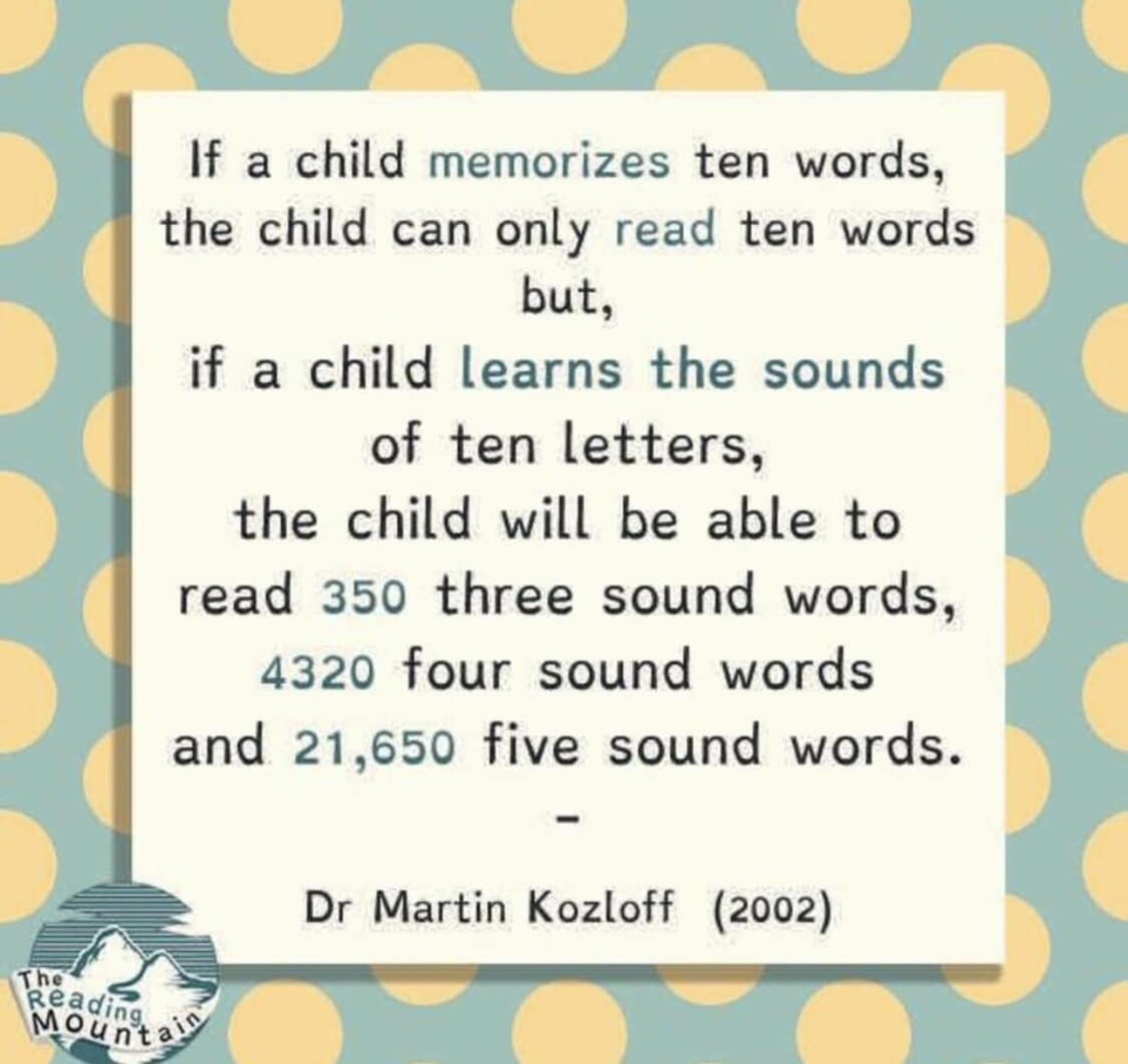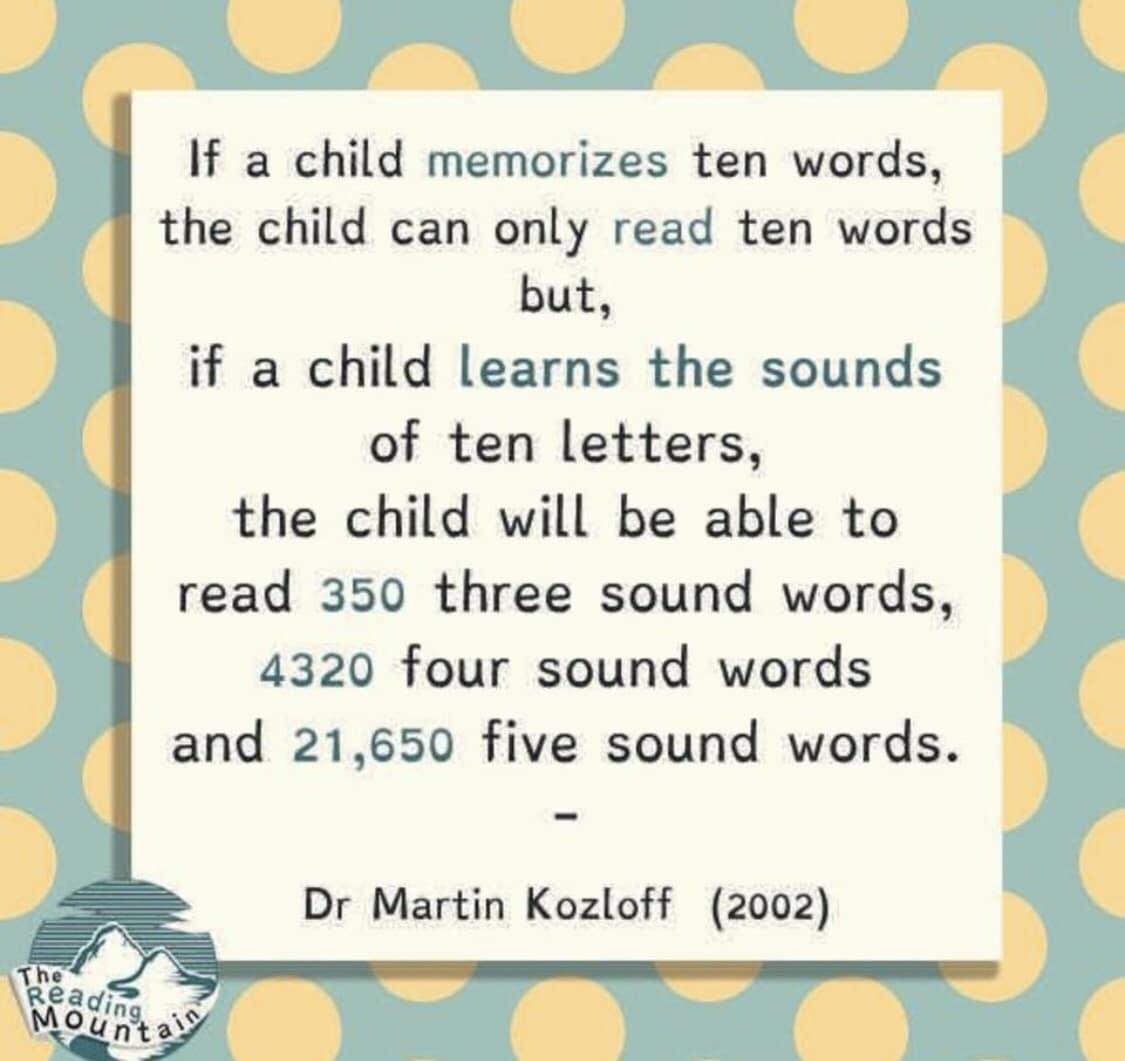School of Thought
Rosemary Saxon - Assistant Principal - Quality Teaching and Learning

School of Thought
Rosemary Saxon - Assistant Principal - Quality Teaching and Learning
Decodable reading books contain a very large percentage of words that incorporate the letter-sound relationships that students have been taught. Decodable texts increase in complexity as the student learns more of the phonetic code. By the end of Term 3, the Reception children at LNPS have been introduced to and have consolidated 36 letters and digraphs.
Students have been listening carefully to the sounds the letters make, learning tricky words, practising their articulation and letter formation. Practising these skills in isolation and in a sequence allows time for our students to develop their skills, understanding and confidence, so that when they apply these skills when reading and writing, they will be successful.
Our lessons consist of explicit teaching to whole class groups of the skills listed above. This is then followed by small group activities which have been designed for students to access learning that is crucial in order for them to consolidate and achieve their next step.
Why do we need to do reading at home?Children need a lot of practice to develop their reading skills to the point of fluency. Ten minutes of daily reading at home with a supportive adult can make all the difference. This will enable children to demonstrate how to apply their letter/sound knowledge to reading simple text. Reading at home should be a successful and positive experience. If it is turning in to a very stressful time, please do consult your child’s class teacher for advice.
What kind of reading books does my child bring home and why?
The home reading books that your child brings home will be decodable texts and contain words that they can ‘sound out’. This will enable children to use their knowledge of letter-sound relationships that they have been taught in class. You will notice that the vocabulary in these books is very controlled. This is because at this early stage of the reading process, words need to follow regular sound/symbol patterns (e.g., dog, fan, hop) so that children are given opportunities to work out the words for themselves, with your support. Guessing words from a picture or from context should not be encouraged. The stories, by necessity, will contain some tricky words in line with the tricky words that children are being taught. These are words that cannot be sounded out in the same way and should be previewed.
What else can I do to support my child at home?
There will be many, many informal opportunities to develop your child’s language at home.




So far, the Reception children have been introduced to and are consolidating 46 tricky words. Wow! Keep revisiting the tricky words at home to support memory and application.
If you have any questions about how to support your child with the decodable text s/he is reading, please contact your child's literacy teacher or email myself.